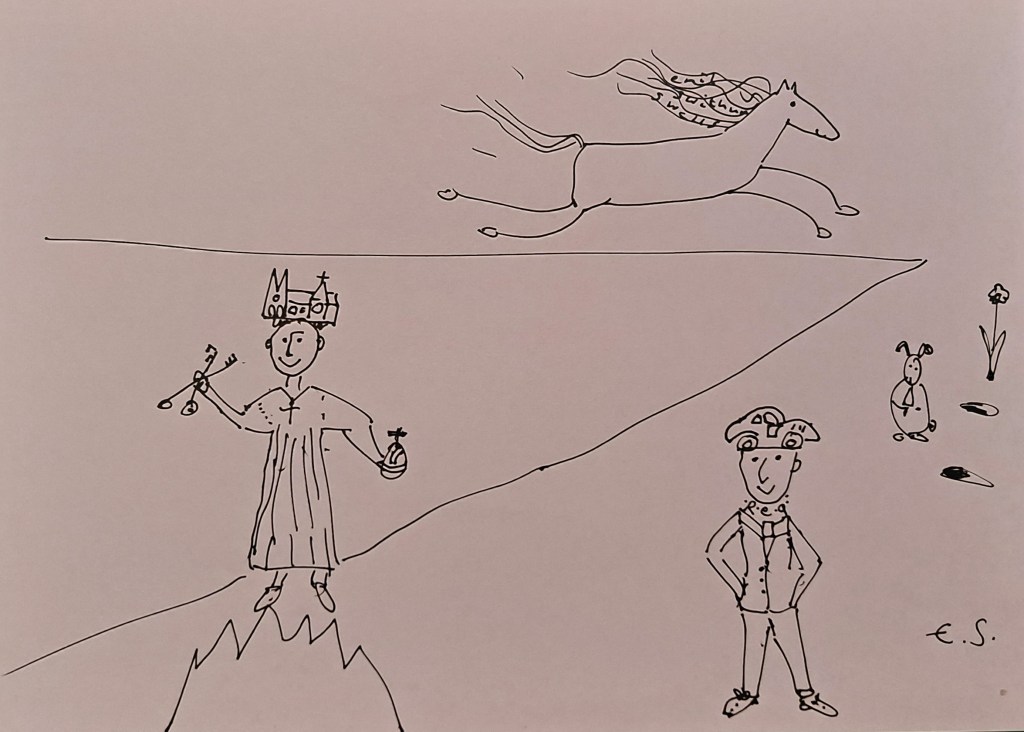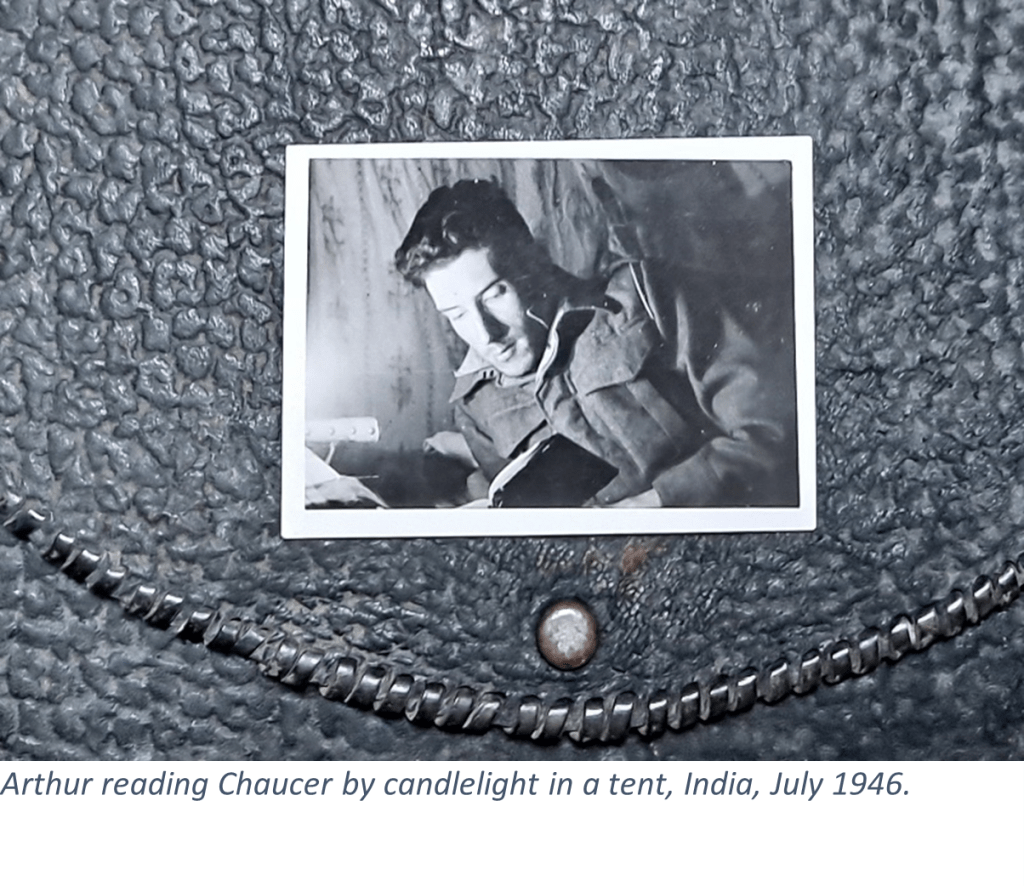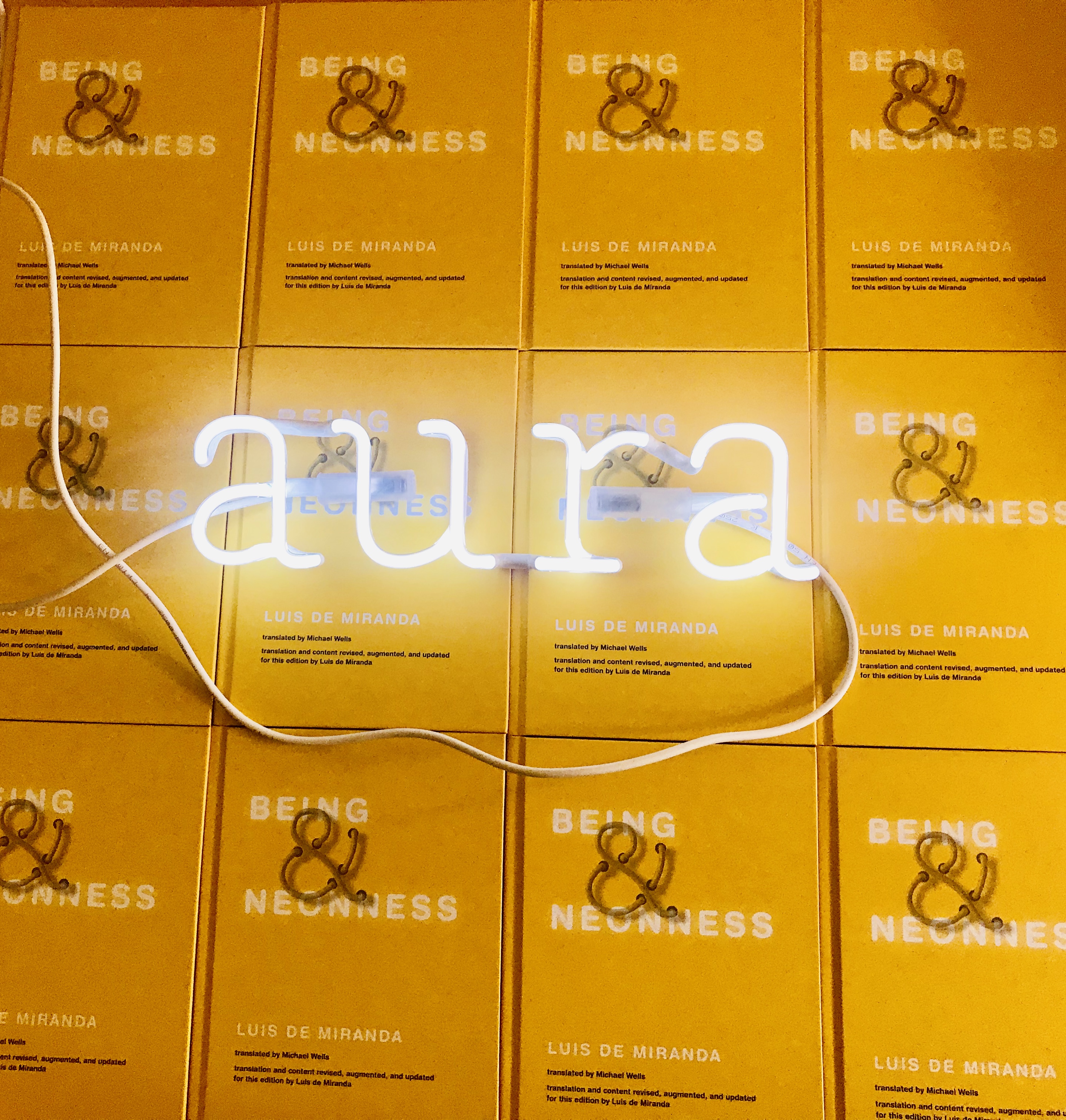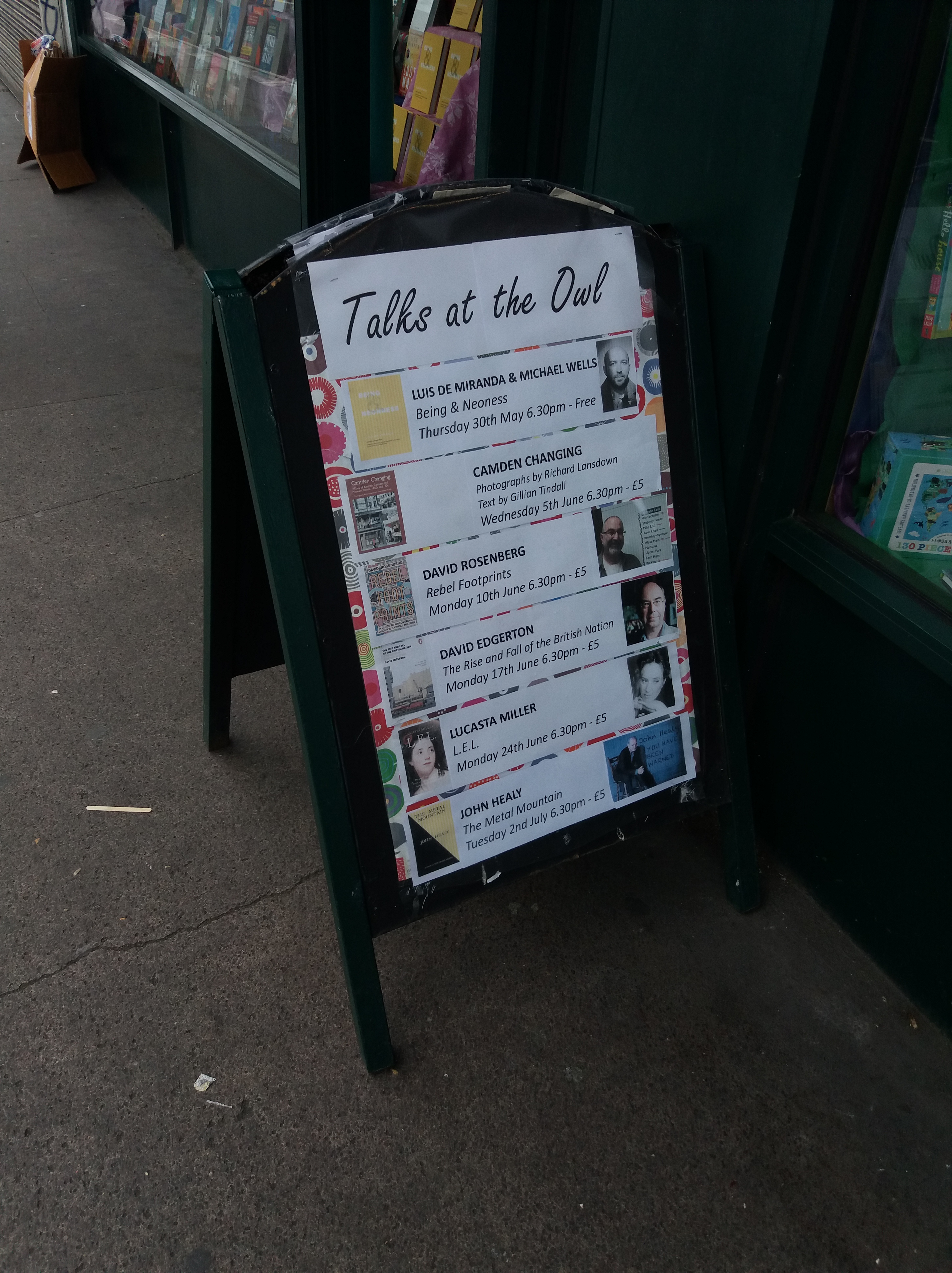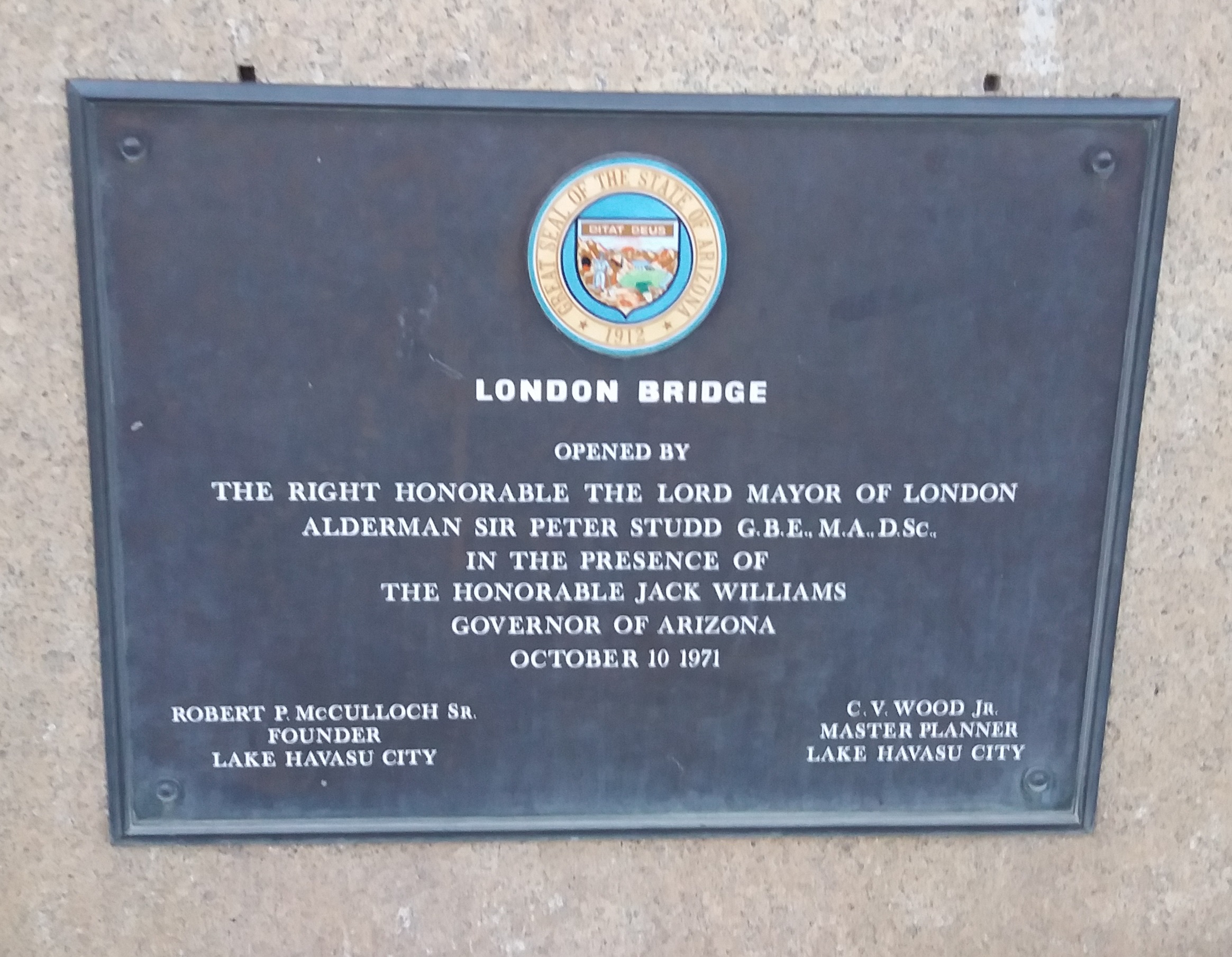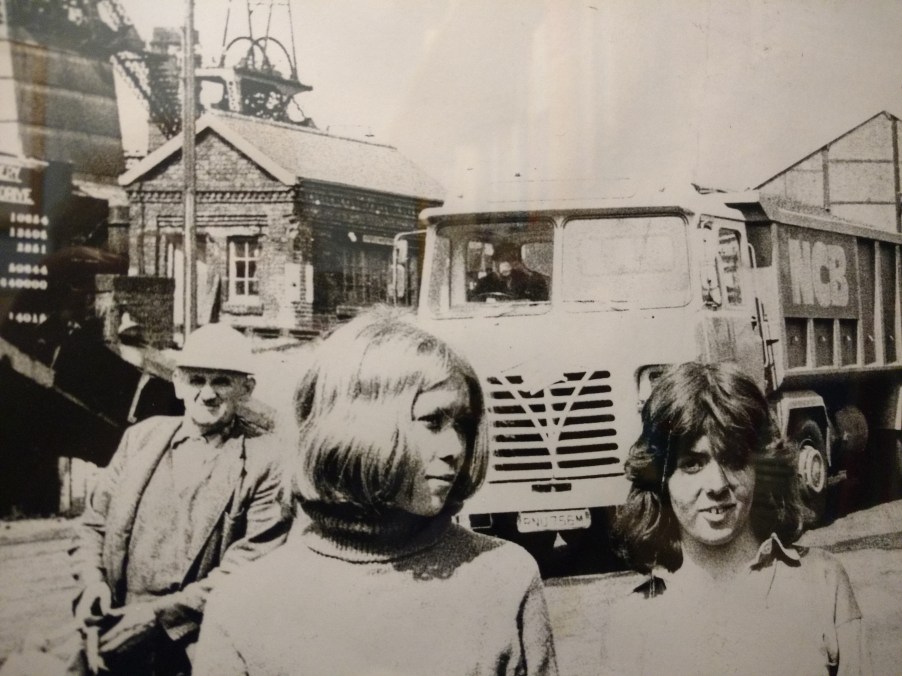If you have a bicycle and live in London, read this book.
Wheels within wheels go round and around. I was going to write a short email to Jon Day to thank him for writing such a brilliant book about cycling and psychogeography, but it has spun into a blog post.
Cyclogeography, published by Notting Hill Editions, is a natty little cloth bound tome and a book you want to keep. My bicycle shop brother Tom the Bike of West Wales, who appeared in this blog many years ago for our Brazing Bromptons in Brentford trip will get a copy for Christmas or his birthday.
Jon Day is a one-time London cycle courier and now an academic. As someone who has had a decades-long interest in Flann O’Brien and is a devotee of De Selbyian philosophy, accompanied by a practice of quotidian velocipedal observance, I rushed out to buy Cyclogeography a few months after it was published in 2015 and it has been winking at me ever since, edging its way up my pile of unread (yesIwillwillabsolutelygettoyou) books on the shelf by my desk. It must be the power of Ubu Roi’s pataphysics that finally took me from one book to the next. I had just finished reading André Gide’s masterpiece, Les Faux-Monnayeurs (The Counterfeiters), a fictional work about love, deception, falsity, homosexuality and the search for authenticity, in which Edouard, one of the principal protagonists, a novelist, is writing a book about the same themes also called Les Faux-Monnayeurs. The picture in picture mise en abime idea, a vortex of reality and unreality twisting around itself in which the real-life Alfred Jarry, author of Ubu Roi, and wacko cyclist makes an appearance as himself. Feeling bereft after Gide, I reached for the patient pink copy of Cyclogeography only to find a thread of comforting continuity in the form of same Alfred Jarry, IRL this time, photographed on his Clément Cycle with wheels which revolved four times for every turn of his pedals. Tough stuff. But Day is tough enough to have survived for several years the grit and traffic of London courier cycling.
He drew me completely into his narrative; I felt that this was a book that had been written with me in mind, although he has absolutely no idea who I am, as it brings together so many of my cycling and literary interests. He devotes many pages to the flâneurs conceptualized by Walter Benjamin and Guy Debord, of the Situationiste Internationale, whose work inspired the British psychogeographers such as Iain Sinclair and Will Self, and Luis de Miranda, the author of Being & Neonness, which I translated and which was published last year.
Day was a cycle courier just as the profession was waning, gradually replaced by the advance of internet-driven technology; businesses no longer need mad young people on bicycles to dash across the city with a package in their shoulder bag to be delivered at breakneck speed. Day’s deliveries and journeys criss-crossing the city struck a chord with me, as I spent my first year after graduating as a white van courier driver in central London. My head was so full of French literature and philosophy that I decided all I wanted to do was to discover London in depth, which is what I did in 1983-1984. I drove a VW LT 35 white unmarked van for a company in Clapham. Two dodgy brothers who managed motorbike couriers and van delivery drivers. I’d drive every morning to an undisclosed location in the entrails of Wardour Street where underground slaves sat day and night in cubicle cells copying VHS video cassettes of Michael Jackson’s Thriller. We delivered about a quarter of a million copies to various locations around London and a warehouse in West Bromwich. The drivers’ challenge was to load a pallet of unsecured boxes and deliver it to a depot in Barlby Road via the Westway without dropping a box and in the fastest possible time. I don’t now remember if I ever won the speed challenge, but I often got there without dropping a box. I do remember, however, one morning sitting around in the despatch bay at the bottom of the ramp, waiting for a job, when in walked a bright young, besuited manager, bristling with newfound officiousness and authority. He gawped in horror when he saw me. We’d been at university together, knew each other vaguely and had both graduated a few months earlier. He was outraged that I was doing what he must have considered such a menial job for a graduate, sneering disparagingly at my casual jumper and jeans. It seemed as if he felt insulted, his status undermined by having a peer at the bottom end of the pecking order in the big company where he’d landed a management position. Whatever. I learned a lot on that job, how to reverse a van down any narrow, winding loading bay entrance and how to navigate the streets of London in double-quick time. I kept the van at the weekends and unhooked the clock, so my weekend jobs on the side were not booked to the company. One of these was taking building materials for the refurbishment of the shop at the top of Coldharbour Lane, where Brer Tom the Bike was setting up the Brixton Cycles Workers’ Cooperative, which is still going today, albeit in different premises.
These city navigational skills came in handy the following year when I was temporarily back in London from Paris and got a job as a minicab driver for an outfit in a cellar on the Edgware Road, just near Church Street, run by a friendly Barbadian guy. I’ll write those stories up elsewhere, but suffice to say that I learned even more about the world on the end of a two-way radio, where my call number was 28 and I’d be told to pick up rich Nigerians at Heathrow, drive them as directed to Hatton Garden (gold? diamonds?) and then shopping for real estate in the West End. When I complained to my Barbadian boss that these Nigerians never paid what I asked them for and what they owed me, say £45 for three hours As Directed, he laughed and taught me about bartering. Nigerians need to haggle, he told me, so start at £60 and chew it over with them, then you’ll get your money and they’ll feel they haven’t been cheated. One day, when taking some thieving local kids to the Front Line in Notting Hill’s Lancaster Road (remember London had two then, the other was in Railton Road, Brixton) to visit the infamous dealer Reggie Guts, the radio buzzed, the controller urging insistently “Two-Eight, Two-Eight, don’t come back to base, the gabbas are after you.” The kids often paid in US dollars that they had come by in the local hotels. Don’t ask me how.
Cyclogeography plunged me deeply back into my time as a courier driver in London, yet the pages flew by and I was worried that there was no mention yet of the heroic Flann O’Brien (fear not, Day is an afficionado and apparently academic expert on him, too), who has been an inspiration to my artist brother Nick for many years. Day does indeed give full respect to O’Brien’s The Third Policeman, which is a must read for anybody who owns a bicycle. I remember at that time, while I was lobbying for southern Africa in Paris, meeting a fun Irishwoman in a thinktank in Brussels and using the magical new-fangled fax machine in our office to send her a Private Eye cartoon celebrating European cooperation and cuisine ranging from Flan O’Brien to Quiche Lorraine.
As anyone who cycles regularly across London, north to south, east to west with a radius of say five to ten miles from Charing Cross, you become very aware of the Thames, its valley and tributaries, its old paths and routes and more, importantly its gradients. Jon Day brilliantly captures the closeness that cycling gives the rider to the ridden, the bonding with the London environment and possible perceptions of it. When I returned to London after over twenty years abroad, I cycled everywhere and still do, sensing a visceral attachment to the river and the valley with its fairly shallow ups and downs. Although this city may seem mammoth, it is surprisingly amenable to mid-distance cycling. A couple of years ago, one warm September evening, I cycled the 13 miles to a meeting in Richmond via Bayswater and Kew on my Brompton, thinking that I would get the train back to Kentish Town. But it was still so warm at 10 pm when my meeting ended, that I struck out along the Upper Richmond Road, was over Putney Bridge before I knew it and back in Kentish Town Road at 10.50 pm. I know this is correct as the kebab shop closes at 11 pm. Somewhere around Sloane Square a pang of hunger made me wonder if I would be in time for a donor with salad and chili sauce. I was their last customer that evening.
Day has a chapter on the alleycat races of the courier cyclists, which is quite fascinating, although races of any kind don’t usually interest me. I did have, however, a project to translate José Meiffret’s “My Dates with Death” (Mes Rendez-Vous avec la mort), a French speed cyclist’s autobiography. He set a speed record of more than 200 kph (127 mph) on his bicycle, fitted with a 130-tooth chainring, following a pacer-car on a German autobahn in 1962. It’s a book about a man’s spiritual quest and self-realisation. He fell off at speed and nearly died ten years earlier in 1952, but rebuilt his body and soul and achieved his goal. While researching Meiffret, I discovered that an American woman, Denise Mueller-Korenek, rode a bicycle more than 180 mph (290 kph) in 2018. Faster than the take-off speed of an Airbus A340. Surely De Selby would agree that this journey was a hallucination.
Day meets some of the great writers of cycling, psychogeography and London, including the Oulipian Paul Fournel (Need for the Bike) and Iain Sinclair of Hackney fame. Day visits the latter in his chapter ‘Off the Map’ which looks at ‘deep topography’, using the cycle to communicate with the unmapped past. His ride to Becton brought back multiple memories for me. During my white van driving stint, one regular job would be to take rubbish from Soho along the A13 to Barking Creek where there was a dump and recycling centre. Waiting to unload I used to watch the herons in the mud and muse on how sad and dirty we had made this beautiful environment. Another similar tip trip would take me to the recycling centre at the mouth of the Wandle where it flows into the Thames, just upstream of Wandsworth Bridge. Back East, however, Jon Day climbs the Becton Alps and views the remainders of the gas works that Stanley Kubrick used as a set in Full Metal Jacket. That gave me a sort of Aha-Erlebnis, as the Germans have it. A moment of illumination, if not quite a solution of a problem, but another jigsaw puzzle piece joining together place, people and history. My granddad Stanley worked for most of his professional life at Becton Gas Works as an industrial draughtsman. My dad also worked at the gas works as an apprentice and would cycle every day the ten miles there and back from their home in Erith.
Day’s final chapter, On the Road, is a homage to the early twentieth century poet, Edward Thomas, whose In Pursuit of Spring takes him in 1913 by bicycle from London to Somerset, a ride akin to others in the book that Day replicates, if that is the correct word. Relives, recreates, records. Reads and recycles. And again, in the cycle of my reading, Day’s tribute to Thomas brought me back to the book I had read before Gide’s Les Faux-Monnayeurs. Robert Graves’s Goodbye to all that is his autobiography, mainly covering the horrors of the trenches in the First World War. Graves and Thomas were friends. Thomas was killed in action in France in 1917.
Cyclogeography is a very erudite, beautifully written book that should be read by anyone interested in literature, London and, of course, cycling and recycling.


